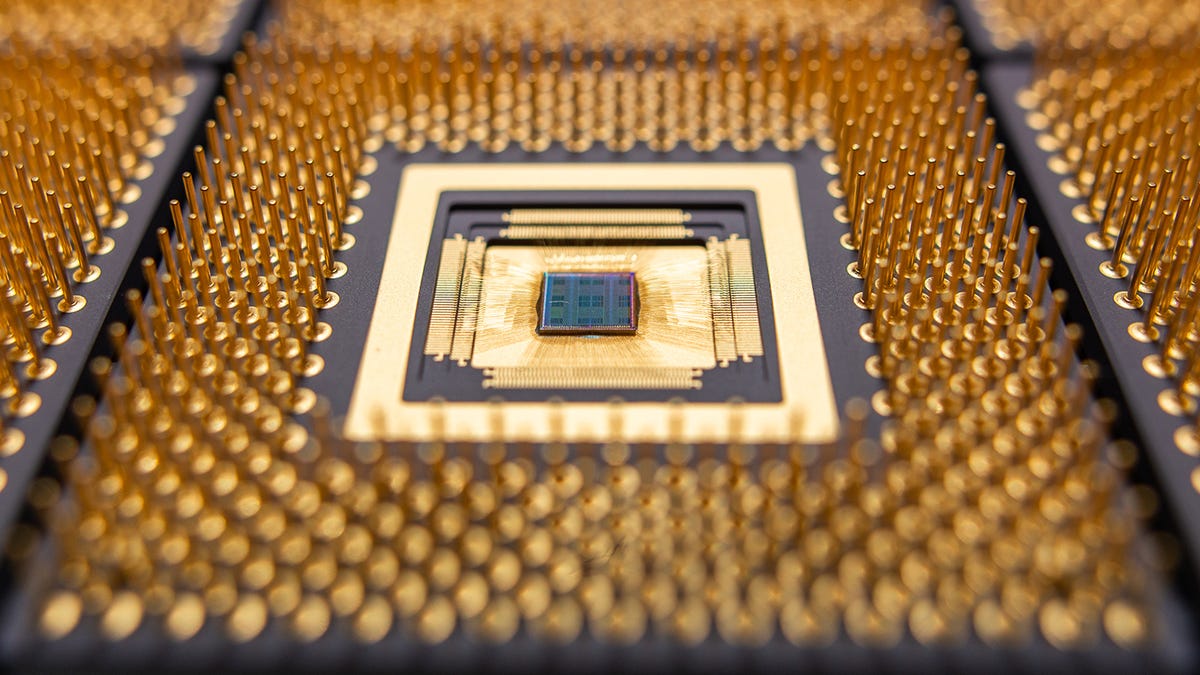In a groundbreaking development, EnCharge AI has unveiled a prototype chip that combines digital and analog technology to tackle the most demanding aspects of GenAI, specifically the accumulate operation, in a low-power analog circuitry. This innovation is set to pave the way for the widespread adoption of generative artificial intelligence (GenAI) in 2024, as enterprises and consumer electronics gear up to utilize this technology for high-volume predictions, known as inference.
The EnCharge AI2024 chip is a key player in this transformation, aiming to enable advanced AI capabilities in energy-constrained devices that operate on a fraction of the power consumed by cloud data centers. This cutting-edge solution has received a significant boost with an $18.6 million grant from DARPA, in partnership with Princeton University, to drive research into novel low-power circuitry for inference applications.
EnCharge AI, founded by Princeton professor Naveen Verma, has emerged as a frontrunner in the race to revolutionize AI processing at the edge. By leveraging a unique approach that combines logic and memory circuits through in-memory compute (IMC), the company is poised to deliver a game-changing solution for energy-efficient AI inference.
Verma’s team has successfully addressed the inherent challenges of analog computing by breaking down complex tasks and focusing on enhancing the accumulate operation, a critical component of AI processing. By integrating capacitors into the chip design to streamline the accumulation process, EnCharge AI has achieved significant gains in energy efficiency, outperforming previous industry benchmarks.
With a focus on reducing memory access costs and optimizing data movement, EnCharge AI’s innovative chip design marks a major milestone in the quest for efficient AI processing. By harnessing the power of analog circuitry and capacitors, the company is charting a new path towards achieving unprecedented levels of energy efficiency in AI computing.

